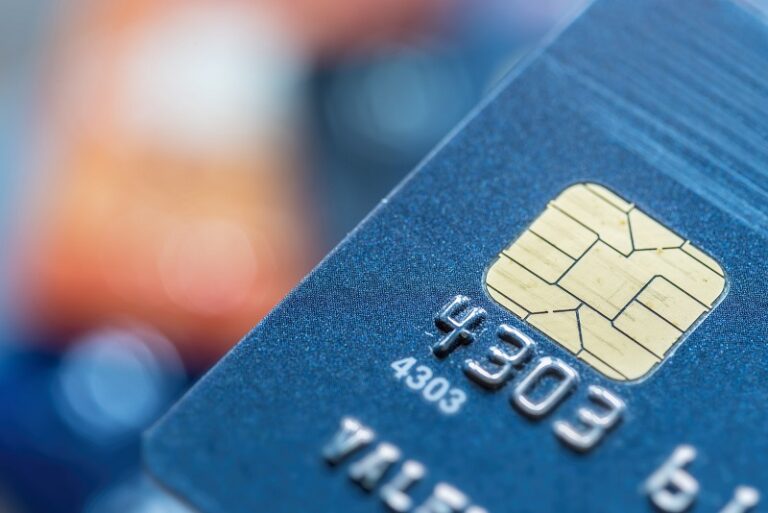While the chip card system is a major improvement, some weaknesses remain. For example, not all financial institutions have been properly set up. Thieves have known about these weaknesses for years. According to a paper published by Cyber R&D Labs, researchers could harvest data from four-chip cards and use it to create cloned magnetic stripe cards.
Less Vulnerable to Hacking
Newer credit cards with EMV chip technology have been touted as less prone to hacking than those with magnetic strips. However, recent research from the Black Hat hacking group has shown that chip-and-PIN cards are not as secure as they are made to be. Small equipment modifications can bypass these cards’ protections, enabling unauthorized payments. To prevent such thefts, make sure your cards are chip-based.
To protect your business from attacks, it is essential to have an effective security policy and network security procedures. A lack of these measures can lead to disastrous results. Companies should invest in a security solution system and regular employee training. It’s not enough to switch over to an EMV card reader. Relying on a single technology is costly and risky. Moreover, EMV technology only improves security for card-present transactions. Online transactions are still vulnerable to hackers, so you must protect your business against these attacks.
Less vulnerable to counterfeiting
EMV chip cards are less vulnerable to counterfeiters because of their embedded microchips. In addition, this new technology protects against skimming, cloning, and other card-related fraud. As a result, many retailers have switched to chip card readers to make their transactions safer. However, EMV chip cards are not completely secure.
EMV chip cards have become common in the United States. Counterfeits have declined by almost seventy-five percent. Fewer than 400,000 merchants were accepting them. By the end of this year, the number of merchants accepting them will reach 3.7 million. The reason for this decrease is that more merchants are now aware of the security benefits of chip cards.
While EMV chip cards are less susceptible to counterfeiting than traditional magnetic stripe cards, there are still some security concerns. However, using PIN-based authentication can help solve some of these issues.
Less Vulnerable to Fraud
EMV chip cards are less susceptible to fraud than traditional credit cards. The recent Target data breach has put EMV cards in the spotlight. But the chip cards are not immune to attacks from the point of Sale (PoS) RAM Scraper malware, which can spoof an EMV code. This malware is particularly problematic for Canadian Home Depot stores, which use PoS EMV chips and PIN card terminals.
EMV chip cards reduce the chance of fraud because chip technology makes it impossible for scammers to steal information and make purchases. As a result, merchants can’t verify the information. Fingerprinting card technology is also on the horizon. While EMV chip cards are more secure, it is important to protect yourself from fraud by taking the necessary precautions. If you think your card may have been a scam victim, contact the credit card issuer and request a chip-and-PIN credit card.
Less Vulnerable to Fraud for Online Transactions
EMV chip cards are less vulnerable to fraud because they have a unique one-time code used during each transaction. This code is not accessible by a fraudulent party. Instead, the information is substituted with a code created by the processor, making it impossible for a fraudster to use it to make a purchase.
However, EMV chip cards are not secure because the information is still exposed in transit. Therefore, even though these cards have secure data storage, a merchant must still be cautious and vigilant against fraudulent transactions. Luckily, there are some precautions that merchants and consumers can take to minimize this risk.

